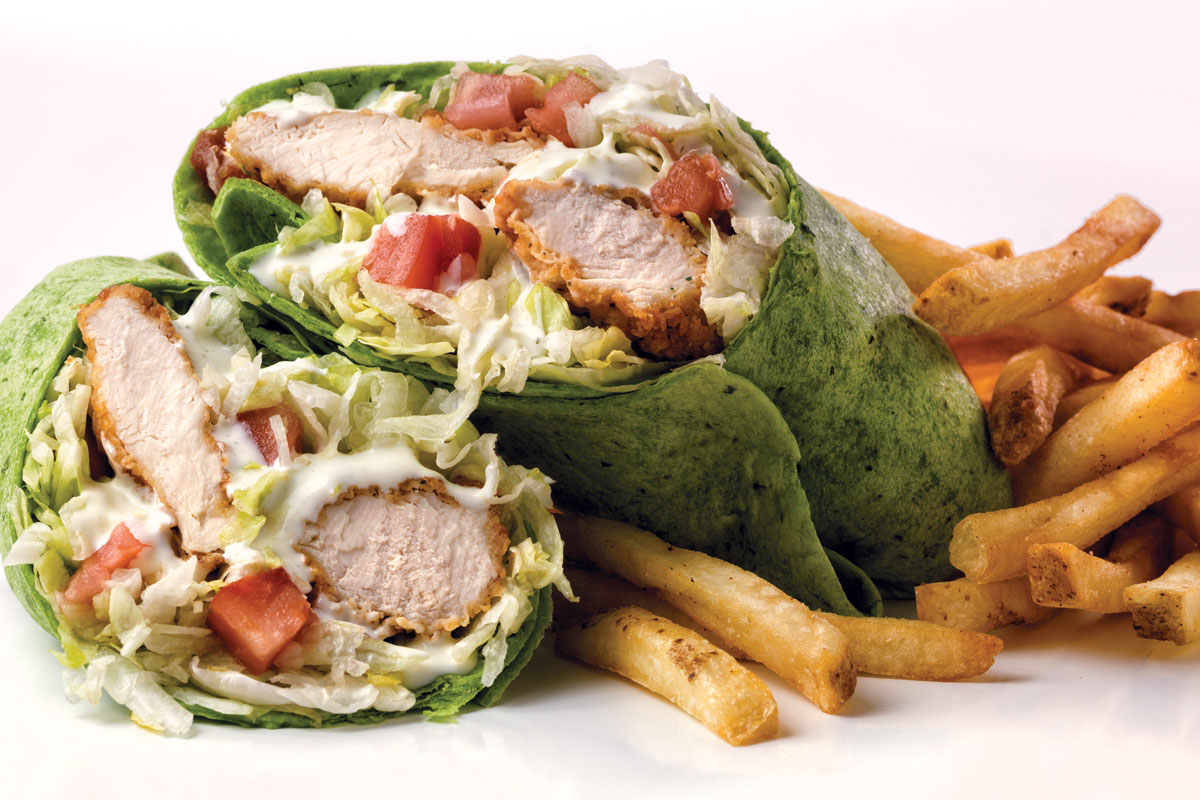As restaurant operators strive to become more responsible in their operations, food waste has increasingly become a focal point. An enormous amount of food is wasted in the U.S., sent to spoil in landfills even as many people are in need.
“The sad fact is that 30–40 percent of all food is wasted each year, yet as many as one in eight people suffer from chronic hunger,” says Nicolas Burquier, chief customer and operations officer at Pizza Hut. “The simple math says that hunger is a solvable problem, and a more connected food chain would provide enough sustenance for everyone.”
According to the National Restaurant Association, about half of operators track their food waste, while one in five donates edible leftovers to charities. But fixing food waste isn’t just about the sustainability of diverting waste from landfills or the responsibility of feeding hungry Americans. It also makes good business sense.
Myles Gift / Vice President of Operations, Slim Chickens
It starts with writing a good forecast. If we forecasted well, our system will tell us through our load chart how much tenders, chicken breasts, etc. per 15-minute increments we can expect to be cooking based on past history. We’re using our past guest experience to project what we’re going to use for today, then cooking 75 percent of that as we’re going through. Because we’re a cook-fresh concept, we can project and reduce our amount of waste; if the sales don’t come as we’re projecting, we won’t be overcooking.
Cutting waste comes through not only the cooking, but also the storing. If we’ve ordered too much lettuce or too many tomatoes, then they’re going back on the shelf and we’re going to throw them away. Knowing what the items are and where the issues are helps us continually mend that process. Over the last two to three weeks, we’ve actually cut our waste 25 percent just by being more focused on the processes.
It’s truly a process-driven mechanism—the process of forecasting well, setting our pars, tracking our waste, entering it into the system, and being able to follow up and coach around the cooking aspect. That’s easily scalable from market to market and restaurant to restaurant.
Nicolas Burquier / Chief Customer & Operations Officer, Pizza Hut
Pizza Hut was the first company to create a national surplus food donation program. Former Pizza Hut executive Bill Reighard realized surplus food that was safe to eat should not be discarded but rather donated to local feeding organizations. After launching the Harvest program internally, he left the company and created Food Donation Connection (fdc) in 1992 with Pizza Hut as its first donor partner.
Pizza Hut restaurants donate to more than 1,700 organizations nationwide. We freeze and donate error pizzas and no-show or cancelled orders that are perfectly safe to eat. Partner charities make weekly pickups and then distribute to individuals and families living in the area. To date, FDC has helped Pizza Hut coordinate more than 100 million pounds of donated food, which is enough to feed the 7.1 million people in the Dallas-Fort Worth metro area each week for 14 weeks.
As a global restaurant leader in surplus food donations—and as a brand that’s mindful of the communities we serve—we don’t want to just give; we also want to leverage our voice to raise awareness for the food-waste epidemic.
C.W. Bruton / Vice President of Operations, Saladworks
At its simplest, it’s making small batches more often, prepping just what you need for that shift and thereby minimizing any waste. I think a lot of folks assume that just because we’re a salad company and we’re working with fresh ingredients means there’s a lot of waste. But if we’re making small batches often—meaning prepping frequently—you have two benefits: One is you’re wasting less because the likelihood of having something expired is minimized, and then two is you get even fresher product.
Said differently, it’s active management of your prep and par levels. Oftentimes it’s simpler to do a big batch of something and only get something done once. The right thing in terms of food quality and minimizing waste is we may need to prep it twice a day, or worst case three times a day.
With receiving product shipments, it’s minimally two and sometimes three times a week. If we need deliveries more often than that, we can accommodate. That fits with the same idea of small batches more often, small deliveries more often. It means fresher produce as well—you’re getting it in ideally the day of or the day before you need it.











